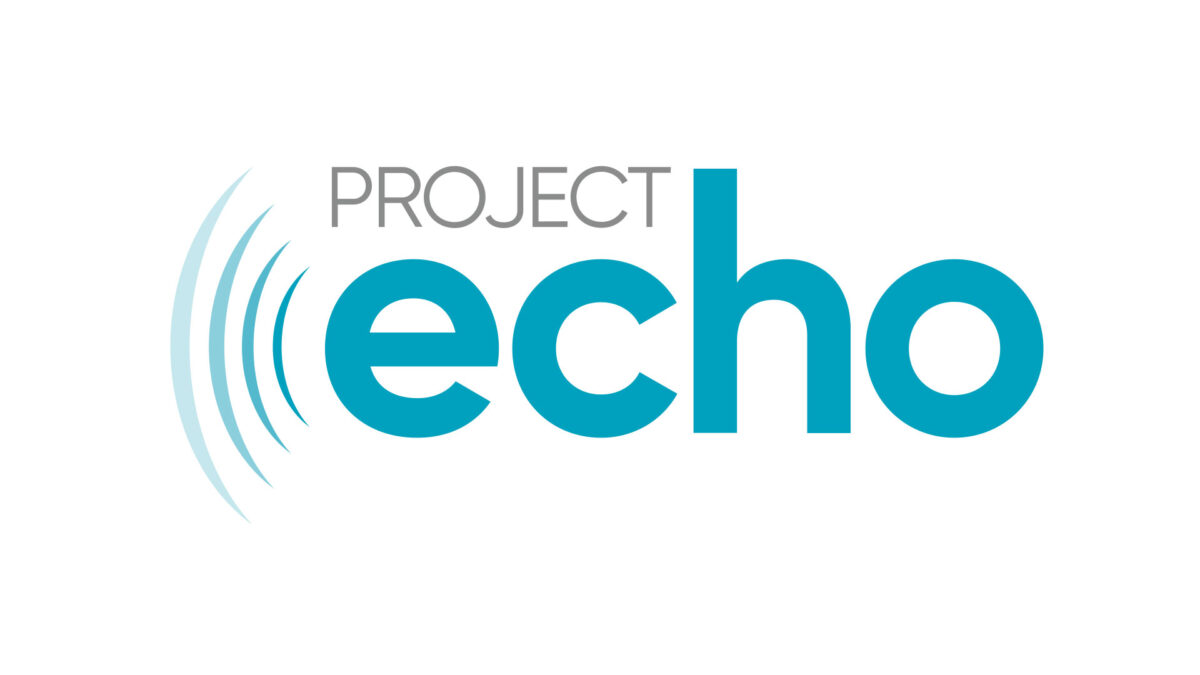With the advertising and marketing industry under fire from recent negligent commercial ads, questionable influencer relationships and the misuse of “big data,” now is the time to reexamine what authentic creative storytelling is all about.
The best copywriting advice I ever received was from a co-intern who was helping me generate a headline for a print ad. He said,
“Find an insight that speaks to a universal truth about the human condition.”
It rings true for all forms of marketing, advertising and creative work. Brands that truly solve problems and tell a compelling story have done so by tapping into a key insight that’s universal to the human race. Though it sounds simple, it’s truly brand-altering. It distinguishes between work that’s a lucky fad, and work that will leave an impression in consumers’ minds for years to come.
Great work does not play a card.
Love, fear, nostalgia, hunger, sex, etc. are not insights. They may lead to smaller insights, but choosing your brand’s story from the top-down does not imply picking a trending cause and finding a way to work your brand into it. The categories are too broad, and require a story or angle behind each of them. As we’ve seen with Pepsi and Dodge, brands cannot simply jump into a conversation and make it relevant for their brand. Consumers are smart, and smell bad intentions from miles away.
Great work hunts down the mind-boggling everyday insights we tend to forget.
Finding your brand’s story means answering the questions we sometimes want to avoid. For example, if you use laundry detergents, why? What about laundry makes you tick? Why do you even do laundry in the first place? What do you want to experience by doing laundry? Whom do you affect by doing laundry? What do you gain? What do you lose?
Universal truths find the human motivations that transcend cultural boundaries.
We aren’t all that different. Sure, audiences have to be targeted as the campaigns and creative work boils down. Snackable content works and will get the job done, but the big idea is not dead. Figuring out a brand’s story means looking into universal experiences: the feelings, experiences, wishes, fears and desires we all have.
Going back to Psychology 101, humans tend to follow Maslow’s Hierarchy of Needs.
Despite cultural and demographic differences, we tend to share similar needs, from getting enough sleep to wanting to find your true life purpose. There are essential universal truths we all share. Though there’s not one go-to formula to solve the equation, there are blanks in storylines that can always be filled. Humans are motivated by ______ and it makes them experience _______, which makes them want _______.
The best brand stories figure out how they make a difference to consumers.
You’re not you when you’re hungry.
Snickers proved to be more than just a candy bar. In 2010, Snickers discovered a truth: You’re not you when you’re hungry. Everyone experiences hunger, and hunger can make people act different from normal. Snickers is the solution to that problem. Eight years later, the campaign is still going strong, because it will always be true. There was no lie, stereotype card or gimmick involved. Though it diffused into many more campaigns, the central idea behind Snickers’ brand story remains that it satisfies; it saves you from acting “hangry.”
Just do it.
At almost 30 years old, Nike’s brand tagline became their central story. The simplicity of the campaign struck a chord with society’s longing to achieve their goals. Nike was able to hone in on the universal truth that we all have plans that we need to move to action. Humans are dreamers, and they’re looking for motivation. Nike positioned itself to be the encouragement, and force behind getting it done.
There are some things money can’t buy. For everything else, there’s MasterCard.
The first MasterCard commercial appeared in 1997, showing a father and son at a baseball game. MasterCard figured out that you aren’t really buying a hot dog and a soda; you’re buying valuable time together. And you can’t put a price tag on that. But price tags are inevitable, and you’re willing to pay them if it means you get a priceless experience. Twenty-one years later, the idea is still relevant. The universal truth is that humans seek out “priceless experiences,” and that sometimes the cost is worth the memories made with the ones we love. MasterCard is the perfect partner for that.
Conclusion
Going forward, it’s essential for brands to remember the importance of the big idea, the broader message. What is the experience your product is trying to communicate? What is the goal? What greater human need does your product solve, or motivate? Only then can your brand create a story worth remembering.




